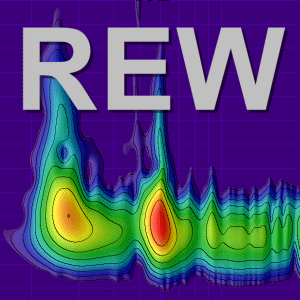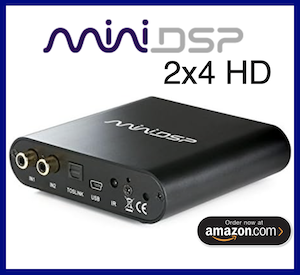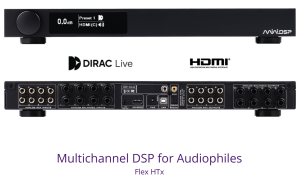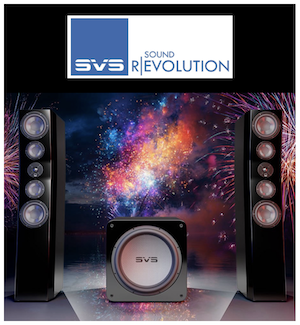jabar102
Registered
Thread Starter
- Joined
- Feb 15, 2020
- Posts
- 2
More
- Preamp, Processor or Receiver
- Cambridge Audio DacMagic Plus / TDA1541 tube DAC
- Main Amp
- Primaluna EVO 300
- Other Amp
- Jolida JD-202
- Front Speakers
- Tannoy Revolution XTF8
I have a 2-channel setup with a couple of different DACs feeding a tube amp and some Tannoy speakers, which apparently have some wide impedance variation, from 3 ohms to 40 ohms! Having muddled my way through the frequency response section of REW, created some filters (applied through Audirvana), I'm now looking to measure this impedance myself.
One of the two DACs does not have a USB input, and I use a Behringer UCA222 to gain a Toslink output, using a Macbook Air.
So the question is: can the UCA222 be used as a the "in" and "out" for an impedance measurement, and does an additional resistor need to be added into the loop? If this rig can work, any thoughts on the proper way to connect it all?
Thanks in advance for any insights.
J.
(tried posting a link to the UCA222 page for reference but couldn't)
One of the two DACs does not have a USB input, and I use a Behringer UCA222 to gain a Toslink output, using a Macbook Air.
So the question is: can the UCA222 be used as a the "in" and "out" for an impedance measurement, and does an additional resistor need to be added into the loop? If this rig can work, any thoughts on the proper way to connect it all?
Thanks in advance for any insights.
J.
(tried posting a link to the UCA222 page for reference but couldn't)














